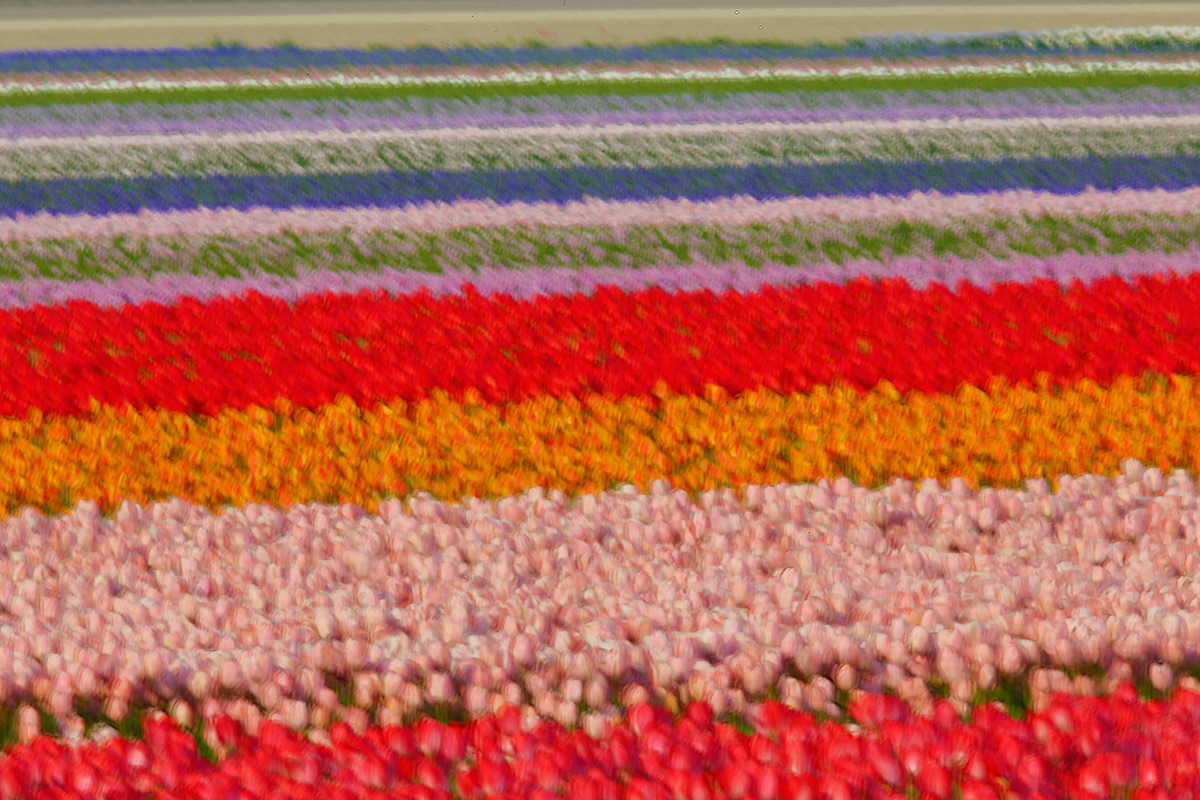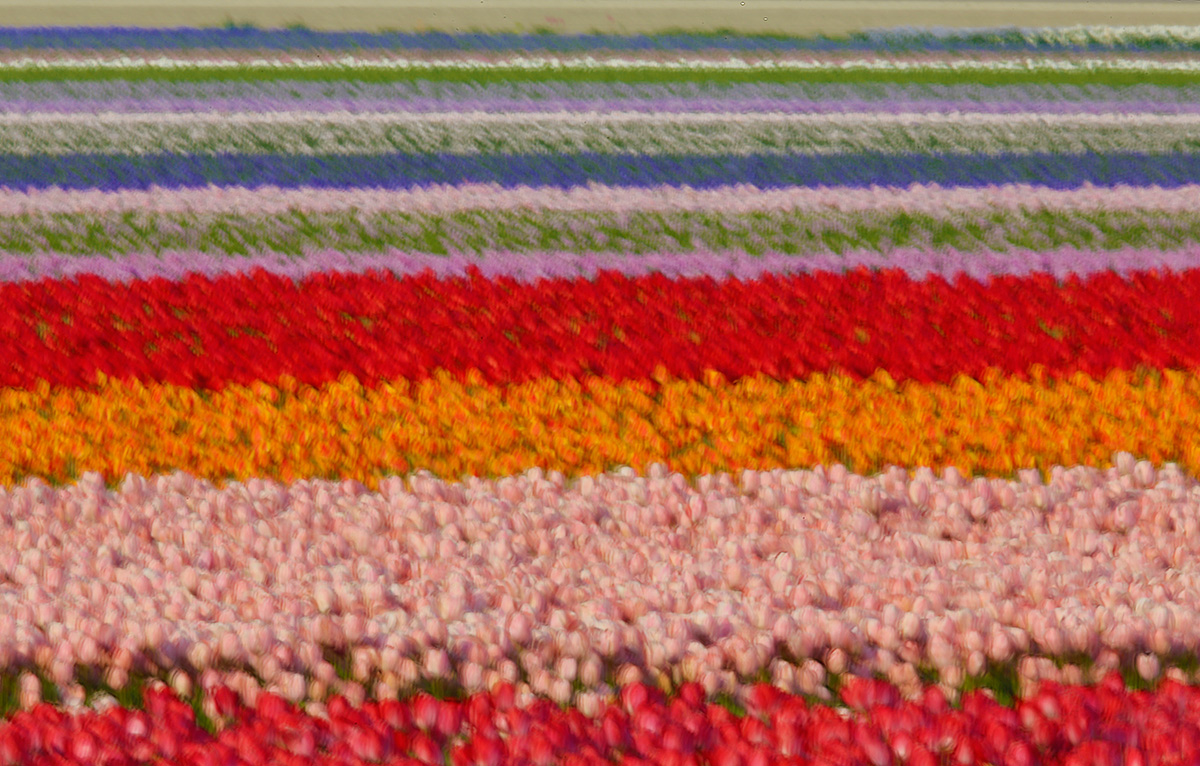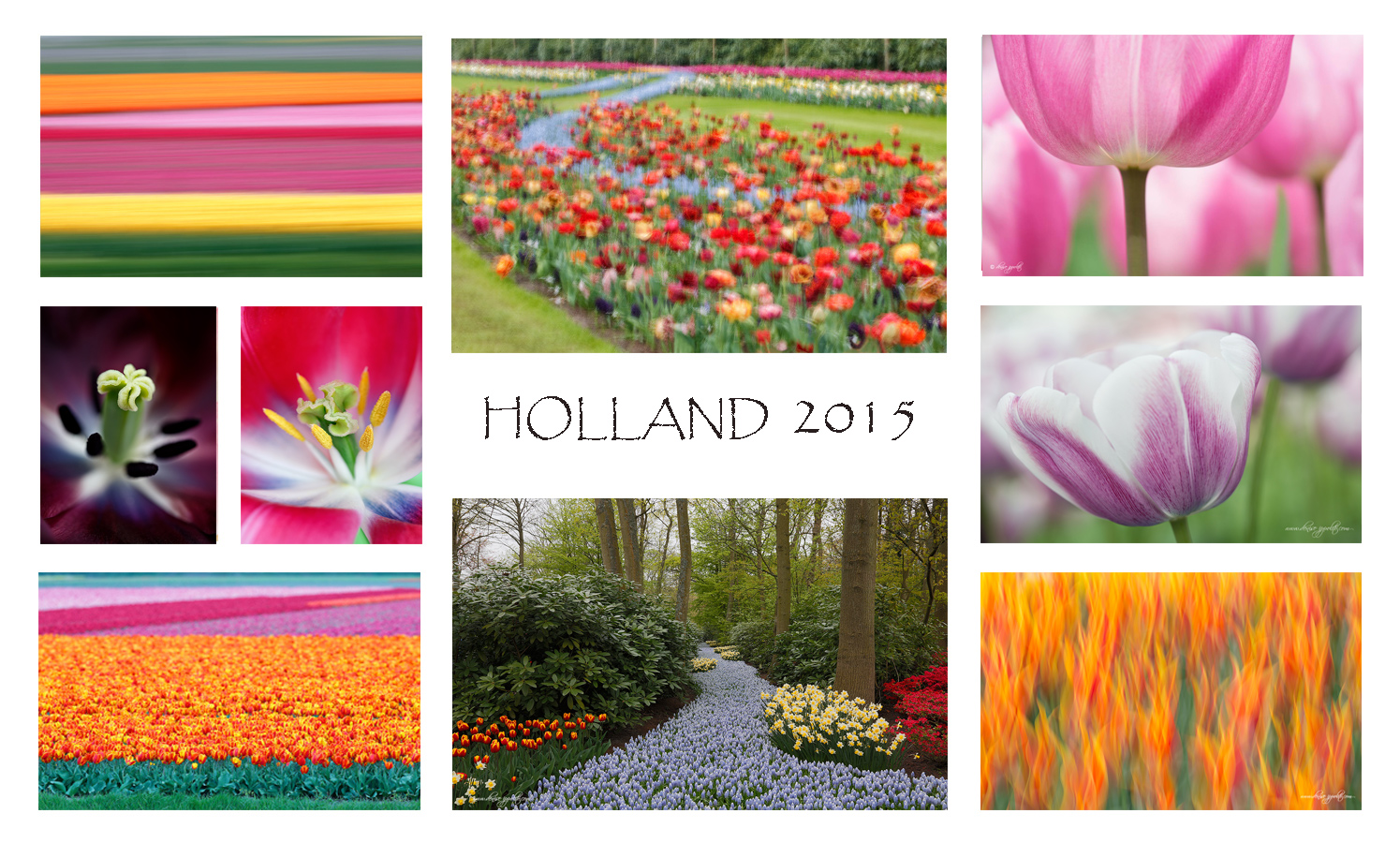The Streak Continues: 187
This post marks 187 consecutive days with a new educational blog post. With so many folks getting in the habit of using our B&H links and our Amazon logo-links why quit now? To show your appreciation for my efforts here, I do ask that you use our the B&H and Amazon affiliate links on the right side of the blog for all of your purchases. Please check the availability of all photographic accessories in the BIRDS AS ART Online Store, especially Gitzo tripods, Wimberley tripod heads, and the like. We sell only what I have used and tested, and know that you can depend on. We will not sell you junk. We know the tools that you need to make creating great images easy and fun. And we are always glad to answer your gear questions via e-mail.
You can find the following items in the store: Gitzo tripods, Mongoose M3.6 and Wimberley heads, plates, low feet, and accessories, flash brackets, , Delkin e-film Pro Compact Flash Cards, LensCoat products, and our unique line-up of educational materials including ABP I & II, Digital Basics, Site and Set-up e-Guides, Canon and Nikon Camera Users and AF e-Guides, and MP-4 Photoshop video tutorials among others.
I would of course appreciate your using our B&H affiliate links for all of your major gear, video, and electronic purchases. For the photographic stuff mentioned in the paragraph above we, meaning BAA, would of course greatly appreciate your business. Here is a huge thank you to the many who have been using our links on a regular basis and visiting the BAA Online store as well.
I fly to Pullman, Washington tomorrow morning for a scouting trip. This post took 2 hours to prepare. Enjoy!
|
This 3-frame in-camera HDR Art Vivid JPEG was created on the 2014 Holland Tulip IPT at Keukenhof Gardens in Lisse, Holland with the Gitzo 3532 LS carbon fiber tripod, the Mongoose M3.6 head, Canon EF 300mm f/2.8L IS II USM lens, the Canon Extender EF 2X III, and the Canon EOS 5D Mark III. ISO 100. Evaluative metering +1 stop as framed: .4 sec. at f/64 in Av mode. AWB. Central Sensor/AI Servo-Surround/Rear Focus AF on the line where the orange tulips meet the pink tulips and re-compose. Click here to see the latest version of the Rear Focus Tutorial. Click on the image to see a larger version. This JPEG represents the original image. There are several major problems. See below for details.
|
Image Problems?
Before you continue reading, see if you can determine the two major problems with the original image above…. Clicking on the image to enlarge it might or might not help 🙂
Messing Around is Fun
It took some time and some effort but after a few days we finally found the right time and the one spot in Keukenhof where you could access some really nice tulip fields. Mike Gotthelf and I spent a wonderful afternoon there having a ton of fun, being creative, heck, plain messing around.
The image above is a 3-frame in-camera HDR Art Vivid image created at a very slow shutter speed: 4/10 sec. I jiggled the camera somewhat forcefully during all three of the exposures. Thanks to Denise Ippolito for teaching me the jiggle blur technique. And thanks to participant Mike Gotthelf for inspiring me to combine two creative techniques, juggles blurs and in-camera HDR Art Vivid. Mike will be sharing a guest blog post with us here soon.
The Image Problems As I See Them
#1: the image is not level.
#2: with Art Vivid, the REDs are uncomfortably over the top, i.e., an enamel-like detail-less red.
See the optimized image below and learn how I dealt with the two problematic issues.
This is the optimized image. Do you see the 2 major changes? |
The Image Optimization
There was no need to convert a RAW file as the in-camera HDR output is a 61 mb JPEG. Once I got the image into Photoshop I leveled it using the Crop Tool handles. I pulled the sides out as I did not want to lose any width. That left two skinny black triangles to be filled in. I used the great and time saving John Heado Content Aware Fill technique; it worked perfectly. Then I had to deal with those horrific, enamel-like, detail-less REDs. This is one that I actually figured out by myself. I opened a Selective Color Adjustment Layer–it opens with the RED channel selected, and added 60 points of CYAN to the REDs. Perfect. Except for the fact that the orange row of tulips along with the light pink row of tulips had lost their pop. Since the adjustment layer opens with a Regular Layer Mask in place, I simply painted away the effect with a black mask (B, D, X = B for brush, D for default, X for switch).
Adding CYAN to the REDs is much more effective than desaturating them. The color of the new reds in the optimized image in both the middle row and the first row of tulips is virtually a perfect match for what we saw.
Digital Basics
Everything discussed above plus tons more is detailed in our Digital Basics File–written in my easy-to-follow, easy-to-understand style. Are you tired of making your images look worse in Photoshop? Digital Basics File is an instructional PDF that is sent via e-mail. It includes my complete digital workflow, dozens of great Photoshop tips, the use of Contrast Masks, several different ways of expanding and filling in canvas (including the John Heado Technique), all of my time-saving Keyboard Shortcuts, Quick Masking, Layer Masking, and NIK Color Efex Pro basics, my killer image clean-up techniques, Digital Eye Doctor, creating time-saving actions, and lots more.
APTATS I & II
Learn the details of advanced Quick Masking techniques in APTATS I. Learn Advanced Layer Masking Techniques in APTATS I. Mention this blog post and apply a $5 discount to either with phone orders only. Buy both APTATS I and APTATS II and we will be glad to apply at $15 discount with phone orders only.
|
Denise and artie hope that you can join us next spring in Holland and learn to improve both the technical and creative aspects of your flower (and street) photography. |
7 1/2-Day/8-Night: A Creative Adventure/BIRDS AS ART/Tulips & A Touch of Holland Instructional Photo-Tour (IPT)
Keukenhof—Delft—Amsterdam–Flower Fields—Kinderdijk
April 9 -April 16, 2015: $4995. Limit: 12 photographers
This trip needs 6 registrants to run so please do not purchase your plane tickets until you hear from us that the trip is a go.
Join Denise Ippolito, the author of “Bloomin’ Ideas,” and Arthur Morris, Canon Explorer of Light Emeritus, for a great trip to Holland in mid-April 2015. Day 1 of the IPT will be April 9, 2015. We will have a short afternoon get-together and then our first photographic session at the justly-famed Keukenhof. Our last day, Day 8, April 16 will be a full day of photography.
The primary subjects will be tulips and orchids at Keukenhof and the spectacularly amazing tulip, hyacinth, and daffodil bulb fields around Lisse and points north. We will spend one full day in Amsterdam. There will be optional visits to the Van Gogh Museum, the Anne Frank House and/or the Rijk’s Museum. Street photography and sightseeing will be other options. We will spend a half day at Kinderdijk where we will be photographing the windmills and doing some creative photography. We will spend an afternoon in the lovely Dutch town of Delft where we will do some street photography and shopping. There is an optional church tower tour/climb. We will also enjoy a superb fine dining experience in a traditional restaurant.
Other than the arrival date: April 9, Day 1, and the date of our last day of photography on April 16, Day 8, there is no set itinerary. We will check the weather and play everything by ear to maximize the photographic opportunities. We will try to do Amsterdam, Delft, and especially Kinderdijik, on cloudy days.
There are several huge pluses to this trip. First off, denise is an amazingly skilled and caring instructor. Both her creativity and her willingness to share and to help beginning and intermediate photographers are unmatched. And though artie has learned a ton about flower photography from denise, their styles and techniques do vary considerably. You will have a chance to be counseled by and to learn from both of them. While denise will hunt you down to help you, artie’s teaching style is more “the closer you stay to me, the more you will learn.” Both leaders consistently inspire the participants. And each other. The sky, of course, is the limit.
You will learn to create tight abstracts, how best to use depth-of-field (or the lack thereof) to improve your flower photography, how to get the right exposure and make sharp images every time, how to see the best shot, and how to choose the best perspective for a given situation. And you will of course learn to create a variety of pleasingly blurred flower images. If you bring a long lens, you will learn to use it effectively for flower photography. Denise’s two favorite flower lenses are the Canon EF 100mm f/2.8L Macro IS USM lens and the Canon EF 24-105mm f/4L IS USM lens. Mine are the Canon 100mm f/2.8L IS macro , the Canon EF 180mm f/3.5L Macro USM lens ,and the Canon EF 300mm f/2.8L IS II USM lens, all almost always on a tripod. Often with extension tubes and/or either the 1.4X or the 2X (with the 300 II) teleconverters. Denise hand holds a great deal of the time. For flower field blurs denise uses the same lenses mentioned above along with her new 70-200mm f/2.8L IS III lens. Artie’s favorite is that same 70-200 often with a 1.4X TC but he uses both the new Canon EF 24-70mm f/2.8L II USM lens and the 300 II as well. Both of us use and love the Canon EOS 5D Mark IIIfor all of our flower photography. The in-camera HDR and Multiple Exposure features are a blast.
One of the great advantages of our trip is that we will be staying in a single, strategically located hotel that is quite excellent. Do note that all ground transfers to and from Schipol Airport will be via the free hotel shuttle bus.
What’s included: Eight hotel nights. All ground transportation except for airport transfers as noted above. In-the-field instruction and small group image review and Photoshop sessions. All meals from dinner on Day 1 through dinner on Day 8. There is good food at the hotel and we will be dining there on occasion; whenever you order off the menu be it at the hotel or at another restaurant only the cost of your main course is included. On these occasions the cost of soups, appetizers, salads, sodas and other beverages, alcoholic drinks and wine, bottled water, and desserts are not included. Snacks, personal items, phone calls, etc. are also not included. The cost of bus or train transportation to and from Amsterdam (about $20 US), museum entry, and tower and church entry fees (optional) are likewise not included.
Beware of seemingly longer, slightly less expensive tours that include travel days and days sitting in the hotel doing nothing as part of the tour. In addition, other similar trips have you changing hotels often and needlessly. One final note on other similar trips: the instructors on this trip actually instruct. On other similar trips the instructors, though usually imminently qualified, serve for the most part as van drivers and van door openers.
A non-refundable deposit of $1,000 per person is required to hold your spot. The second payment of $2,000 due by October 30, 2014. The balance is due on January 15, 2015. Payments in full are of course welcome at any time. All payments including the deposit must be by check made out to “Arthur Morris.” As life has a way of throwing an occasional curve ball our way, you are urged to purchase travel insurance within 15 days of our cashing your check. Artie uses and recommends Travel Insurance Services. All payments are non-refundable unless the trip fills to capacity. In that case, all payments but your deposit will be refunded. If the trip does not run every penny will of course be refunded. Again, please do not purchase your air tickets until you hear from us that the trip is a go. We are very confident that it will.
All checks should be made out to “Arthur Morris” and sent to: Arthur Morris, PO Box 7245, Indian Lake Estates, FL 33855. Call Jim or Jen in the BAA office with any additional registration questions: 863-692-0906.
For couples or friends signing up at the same time for the tulip trip, a $200/duo discount will be applied to the final payment.
When you send your deposit check, please print, sign, and include the paperwork here.
If you have any questions on the trip please contact artie by e-mail or denise by e-mail.
Selling Your Used Photo Gear Through BIRDS AS ART
Selling your used (or like-new) photo gear through the BAA Blog or via a BAA Online Bulletin is a great idea. We charge only a 5% commission. One of the more popular used gear for sale sites charges a minimum of 20% plus assorted fees! Yikes. The minimum item price here is $500 (or less for a $25 fee). If you are interested please e-mail with the words Items for Sale Info Request cut and pasted into the Subject line :). Stuff that is priced fairly–I offer free pricing advise, usually sells in no time flat as did Dennis Cassidy’s 500 II recently on the blog. Larry Master’s 400 DO and his 800 f/5.6 sold within a week. From Larry via e-mail: Thanks for helping me sell the lenses so quickly!
A Creative Adventure/BIRDS AS ART friend Kitto Kono sold her Nikon 500 to a Blog subscriber in less than a week. Janet Horton’s 7D sold this week after a $100 price reduction. Denise Ippolito’s 100-400 and her 100 macro sold in one day. Peter Kes sold his 70-200 f/2.8L IS II and his 400 DO through BAA in ten days. In the past two months we have sold a Canon 800, a Canon 500 II, 3 400 DO lenses, a Nikon 500mm, and lots more. If you are interested in using our services, please e-mail.
Used Photography Gear Page
Eagle-eyed readers may have noticed that there is a link to the Used Photography Gear page on the yellow tool bar at the top of each blog page. Folks looking to buy (or to sell) can click on that tab or here. I will on occasion continue to list new gear and great buys in blog posts and in Bulletins and may on rare occasion share all the listings with you on the blog. I will strive to keep the listings current. Great news for Kitty Kono and her Nikon 400mm f/2.8: it sold recently! That made her 2 for 2 on selling her older Nikon super-telephotos with BAA.
Support the BAA Blog. Support the BAA Bulletins: Shop B&H here!
We want and need to keep providing you with the latest free information, photography and Photoshop lessons, and all manner of related information. Show your appreciation by making your purchases immediately after clicking on any of our B&H or Amazon Affiliate links in this blog post. Remember, B&H ain’t just photography!
Amazon Canada
Many kind folks from north of the border, ay, have e-mailed stating that they would love to help us out by using one of our affiliate links but that living in Canada and doing so presents numerous problems. Now, they can help us out by using our Amazon Canada affiliate link by starting their searches by clicking here. Many thanks to those who have written.
Typos
In all blog posts and Bulletins, feel free to e-mail or to leave a comment regarding any typos, wrong words, misspellings, omissions, or grammatical errors. Just be right. 🙂

















Hi, Artie, glad it worked this time!
Thanks for the added tip Diane.
Adding a little Cyan to the Reds (with the sliders in a Selective Color adjustment layer) is a very good way to tame over-saturation and bring out any detail that may have survived the JPEG conversion. I’ve found that also adding a little Yellow can then restore a very nice richness to the color.